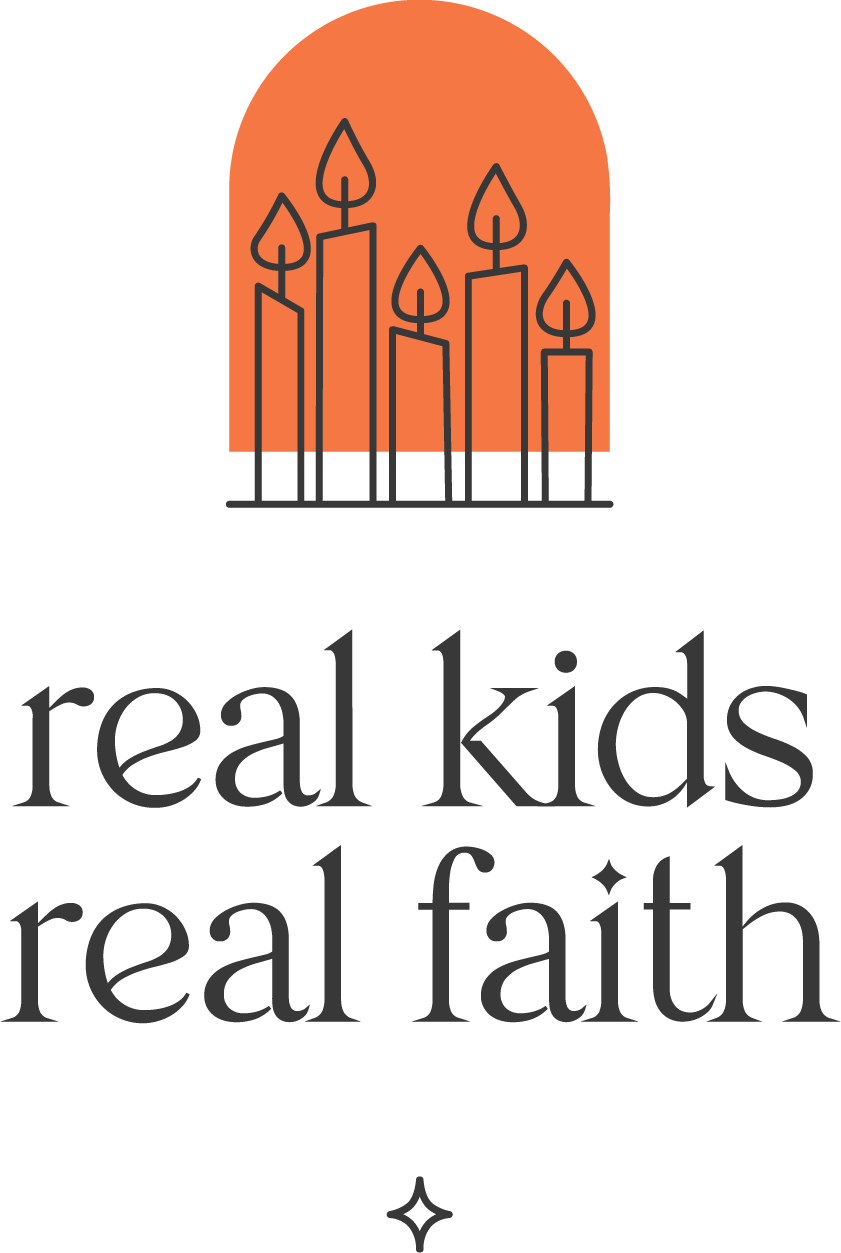Most of us know that external rewards for good behavior only go so far in prompting children to engage. We struggle to come up with new incentives for participation. We share stories of ‘problem’ behaviors with colleagues, hoping for advice that will quell disruptions. Sometimes we feel more like crowd control officers just trying to keep the peace. And, if we work with volunteers, they may quit if we don’t provide them with effective group management strategies.
What we really desire is for kids to want to explore and learn with one another. That means we need to move away from external participation motivators and support the development of children’s intrinsic investment in the group. We need to help children feel connected to their learning peers and cultivate a sense of empathy and responsibility for one another’s wellbeing.
Grounding your program in restorative practices can accomplish this goal. This approach focuses on relationships and relational skill building as a core aspect of the group. It guides children in reflection and offers them simple ways that they can acknowledge and repair rifts with other children. It also encourages children to see how their actions affect others and take responsibility for acting in ways that support a positive group environment.
Restorative practices begin with simple routines that build community. These might include regular meetings to talk about how they are feeling, what they like to explore, and ways they can care for each other. You might invite children to pick a color that represents their emotional temperature and hang it next to their name at check-in, and then acknowledge the ‘feelings in the room’ as you begin the session. Or gather information about favorite topics and then work connections into session conversations and activities.
Restorative communities also practice using descriptive and affective language rather than behavioral commands. If a child is running around the room, a leader might say, “Your running is distracting others and I’m worried you will get hurt. Let’s find a safer and less distracting way for you to burn off some energy.” These words describe what is happening and how others feel about it much better than “stop running around!” They invite children to see how their actions affect the group and modify them with another’s guidance. Leaders can also notice and comment on positive actions, such as commending a child who does something caring for another.
Leaders can help children develop practices and rituals for ‘making things right’ when relationships suffer harm as well. Since conflicts are an inevitable part of human interactions, such activities provide agreed-upon ways of resolving disagreements and hurtful behavior. The goal is not to assign blame or coerce an apology, but to support kids as they listen to each others’ feelings and imagine ways to repair their relationship. You might set up a table where children can sit and – after taking a few deep breaths, drawing pictures of the incident, or stroking a stuffed animal – talk about what happened. Then you might refer kids to a list of suggested restorative actions previously developed by the group and ask whether one of those actions (or something else) might help repair their relationship.

Comments